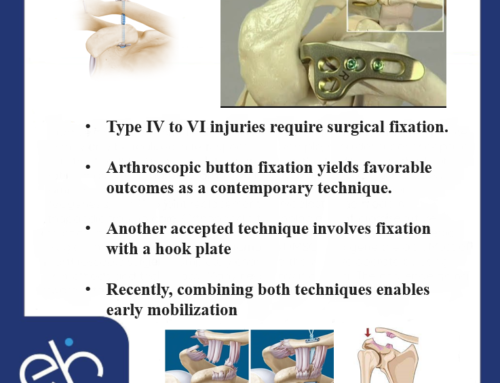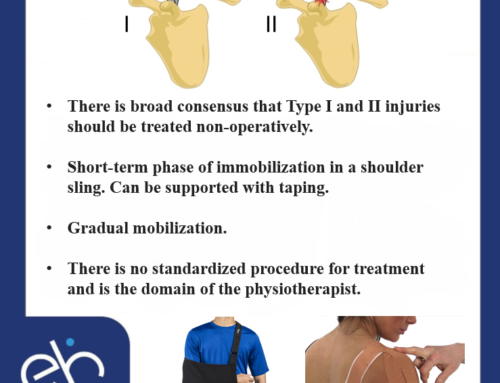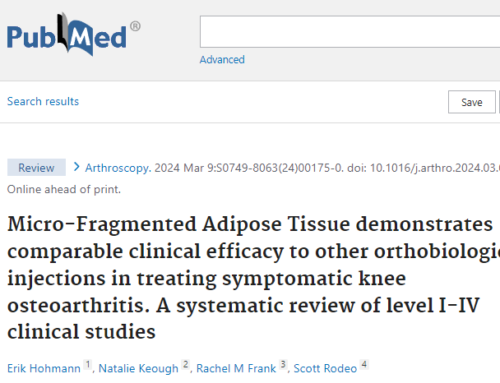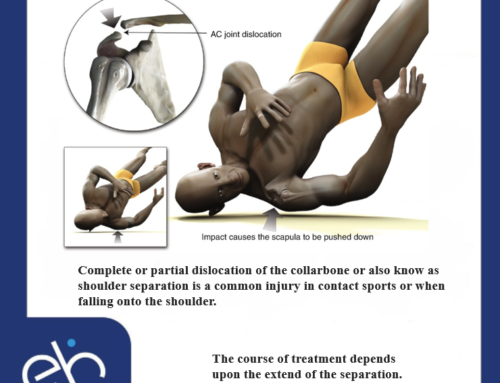[kc_row use_container=”yes” force=”no” column_align=”middle” video_mute=”no” _id=”809121″][kc_column width=”12/12″ video_mute=”no” _id=”904406″][kc_column_text]
Once you and your surgeon have decided that surgery is required the next question is whether it should be performed through an open approach or via keyhole surgery. Open surgery was considered the standard of care and re-dislocation rates after surgery were around 10%. Open surgery is still commonly used and advocates would argue that a more anatomic and secure repair can be accomplished. However, this comes at a cost: muscle weakness, secondary osteoarthritis and shoulder stiffness have been reported as complications. With open surgery a cut is made along the anterior aspect of the shoulder, the deltoid muscle is mobilized and retracted to the side, the deep muscles are split, the capsule is opened and the labral tear is repaired with suture anchors and sutures. Arthroscopic or keyhole surgery has involved significantly over the past 25 years and failure rates are similar to open surgery. However significant experience and subspecialty training is required to master these techniques. With keyhole surgery 3-4 little cuts are traditionally made: one cut at the back is used to introduce the camera into the joint, 2 cuts in the front are then used to repair the labral tear again using suture anchors and sutures. Occasionally a fourth initial cut at the back of the shoulder is required to repair labral tears more accurately.
We have recently researched and published differences between open and keyhole surgery using the statistical tools of meta analysis and surprisingly there were no significant improvements for clinical outcomes between open and keyhole surgery. This leads to the intervertebral question why keyhole surgery should be performed?
[1] The answer seems quite simple. With keyhole surgery there is less postoperative pain, the procedure can be performed as a day procedure, rehabilitation will be easier and there are potentially less complications.
[2] In addition, keyhole surgery allows the surgeon to evaluate the entire joint; a difficult job with open surgery. Keyhole surgery also allows to treat other conditions such as long biceps tendon injuries or injuries to the labrum at the back of the shoulder socket.
[3] The only time arthroscopic keyhole surgery cannot really be done is if there is significant bone loss at the front of the glenoid. For this particular situation bone grafting o0r bone transfer procedures must be performed.
[/kc_column_text][/kc_column][/kc_row]




